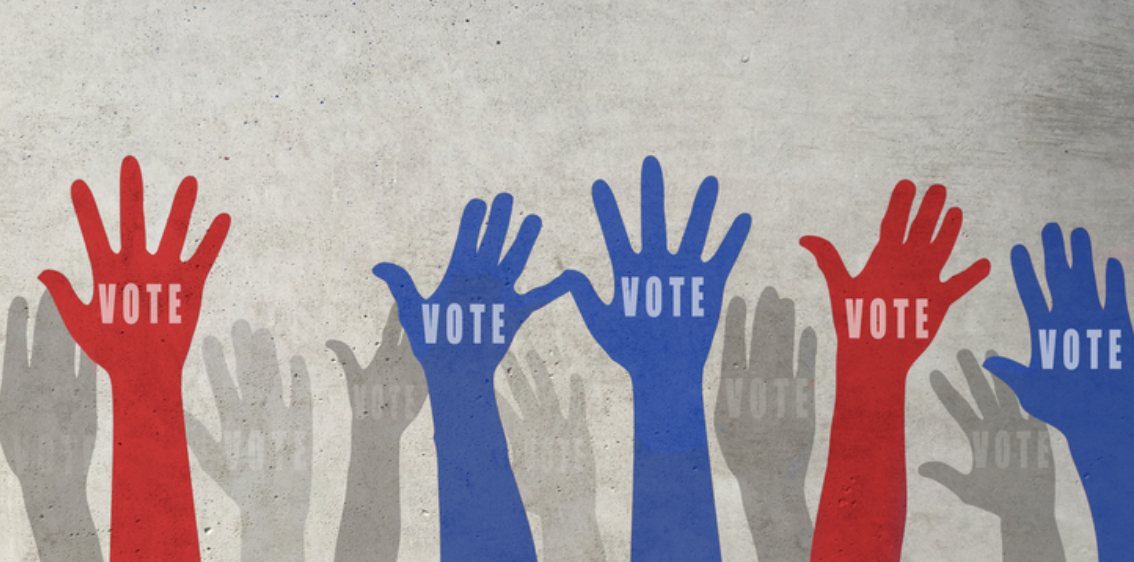Although he was a scholar with degrees in mathematics and economics, Murray Rothbard was very much a fan of the American layman. Indeed, he was a populist both in temperament and in his political views. In a 1992 column outlining his populist strategy, Rothbard noted the importance of reaching out to the general public and especially to those groups that were most negatively impacted by state power: This two-pronged strategy is (a) to build up a cadre of our own libertarians, minimal-government opinion-molders, based on correct ideas; and (b) to tap the masses directly, to short-circuit the dominant media and intellectual elites, to rouse the masses of people against the elites that are looting them, and confusing them, and oppressing them, both socially and
Topics:
Ryan McMaken considers the following as important: 6b) Mises.org, Featured, newsletter
This could be interesting, too:
RIA Team writes The Importance of Emergency Funds in Retirement Planning
Nachrichten Ticker - www.finanzen.ch writes Gesetzesvorschlag in Arizona: Wird Bitcoin bald zur Staatsreserve?
Nachrichten Ticker - www.finanzen.ch writes So bewegen sich Bitcoin & Co. heute
Nachrichten Ticker - www.finanzen.ch writes Aktueller Marktbericht zu Bitcoin & Co.
 Although he was a scholar with degrees in mathematics and economics, Murray Rothbard was very much a fan of the American layman. Indeed, he was a populist both in temperament and in his political views. In a 1992 column outlining his populist strategy, Rothbard noted the importance of reaching out to the general public and especially to those groups that were most negatively impacted by state power:
Although he was a scholar with degrees in mathematics and economics, Murray Rothbard was very much a fan of the American layman. Indeed, he was a populist both in temperament and in his political views. In a 1992 column outlining his populist strategy, Rothbard noted the importance of reaching out to the general public and especially to those groups that were most negatively impacted by state power:
This two-pronged strategy is (a) to build up a cadre of our own libertarians, minimal-government opinion-molders, based on correct ideas; and (b) to tap the masses directly, to short-circuit the dominant media and intellectual elites, to rouse the masses of people against the elites that are looting them, and confusing them, and oppressing them, both socially and economically. But this strategy must fuse the abstract and the concrete; it must not simply attack elites in the abstract, but must focus specifically on the existing statist system, on those who right now constitute the ruling classes.
Libertarians have long been puzzled about whom, about which groups, to reach out to. The simple answer: everyone, is not enough, because to be relevant politically, we must concentrate strategically on those groups who are most oppressed and who also have the most social leverage.
The reality of the current system is that it constitutes an unholy alliance of “corporate liberal” Big Business and media elites, who, through big government, have privileged and caused to rise up a parasitic Underclass, who, among them all, are looting and oppressing the bulk of the middle and working classes in America. Therefore, the proper strategy of libertarians and paleos is a strategy of “right-wing populism,” that is: to expose and denounce this unholy alliance, and to call for getting this preppie-underclass-liberal media alliance off the backs of the rest of us: the middle and working classes.
Rothbard consistently recognized that the larger battle was an ideological one in which advocates for laissez-faire must communicate to the masses the true nature of the ruling classes and their efforts to impoverish and exercise control over everyday business owners, taxpayers, and workers.
But Rothbard also understood that within the context of a political system with nearly universal adult suffrage, the educational and ideological program needed to also manifest itself in terms of a voting public that opposed the plans of the ruling elite.
It Worked in the Nineteenth Century
Has a populist assault against a minority ruling class ever actually worked? Rothbard, with his intimate knowledge of American political history, knew that, at least in the past, it could be a winning strategy.
For example, Rothbard’s description of the American ruling class as “an unholy alliance of ‘corporate liberal’ Big Business” would have been quite recognizable to the Democrats of the late nineteenth century. The Democrats of that era were (relatively speaking) the party of sound money, low taxes, decentralization, and laissez-faire. This was in contrast to the Republicans of the time, who were for high tariffs, high government spending, inflationary money, and concentrated federal power.
This wasn’t just an accident, but was ideological in origin. The Democrats of the nineteenth century employed a historical narrative that held that the freedoms of Americans were endangered by a small ruling elite which sought to use federal powers to enrich itself and its cronies.
This narrative wove itself through the ideology of the Democrats of the time, from the Jeffersonians of the founding era through the Jacksonians and into the era of a resurgent Democratic Party under Grover Cleveland.
In his description of the Jacksonians, historian Marvin Meyers described the narrative this way:
What gives the fierce tone to Jacksonian politics is the sense that extraneous forces within society, powerless on their own to prosper and persuade, conspire to seize the government and convert it to an engine of despotism, theft and corruption.
Historian Robert Kelley adds that the Jacksonians “saw around them a conspiracy of clever men who lived by their wits, profiting from the toil of those who lived by the sweat of their brow.”
Largely, these “clever” men who had not earned their riches by their own merits were the financial elites—especially central bankers—and other recipients of government largesse who benefited from government spending, protective tariffs, and inflationary schemes.
But this ideology did not end with the implosion of the Democratic Party in the 1860s. The party was revived in the late nineteenth century, and they managed to take control of the US Senate through much of the 1870s and 1880s. Moreover, the Democrats won the popular vote in the presidential elections of 1876, 1884, 1888, and 1892.
Indeed, as Rothbard notes in his essay “The Democratic Triumph of 1892,” the Democrats won a decisive victory with a platform which defended hard money, a low tariff, and a relatively restrained foreign policy. It only came crashing down with the end of the Third Party System and the defection of many Democrats to the easy money position under William Jennings Bryan.
But the experience showed there is no inherent incompatibility between a populist strategy and a political agenda that favors laissez-faire.
Also significant was the fact the Democratic Party sought in many ways to expand the vote. It was the Democrats which defended the voting rights of new immigrants and Catholics, many of whom were among the ranks of the hated Irish. It was Cleveland who vetoed a bill to impose literacy tests on new immigrants. And, of course, like all parties of the time, the Democrats of the Cleveland era engaged in vigorous get-out-the-vote efforts to maximize the party’s impact.1
This was all done, it was believed, to counter the corrupt elites who were supported by the Republicans. Or, as one observer of the time put it: “The Democrats were the party of the masses while the Republicans were the party of the classes.”
Thus, it is not difficult to see how Rothbard recognized in this era a historical example of political alignments and party politics that could indeed be used to support, at least to an extent, a faction of laissez-faire against a faction of privilege and centralized state power. His historical writings regularly demonstrate an enthusiasm for the anti-elite narrative handed down by the Jeffersonians, the Jacksonians, and their heirs. He saw in them a vibrant political tradition which was often successful in blocking the worst excesses of the American regime.
Could Populism Work in the Twenty-First Century?
As late as 1992, at least, Rothbard believed that a populist strategy could work by harnessing the electoral power of certain groups whom Rothbard believed would be at least favorably disposed to laissez-faire. Whether or not this could be done right now is an empirical question. Is it still possible to “rouse the masses of people against the elites that are looting them” in effective numbers? The impressive reach of the Ron Paul campaigns of 2008 and 2012 suggests there is still some life yet in the laissez-faire alliances of old. But that may not be enough.
On this Rothbard was not naïve. He understood that if the numbers at any given time do not support the idea of an effective party for laissez-faire, then the answer lies in reaching the public through media and education “to tap the masses directly, to short-circuit the dominant media and intellectual elites.” How long it would take to accomplish this goal depends on how successful these government, media, and business elites have been in turning the voters in their favor. To reverse the trend could take decades. But if that’s the case, it would hardly discourage Rothbard, who always took a long-term and optimistic view. If the task before us is to begin a long road of intellectual, educational, and political agitation geared toward exposing the malevolence of the regime, then the right time to start is right now.
- 1. Like all political parties and regimes, the Democrats sought to limit the vote for groups that did not favor them. As the Republicans sought to expand the franchise for free blacks while limiting the vote for many immigrants, the Democrats did the opposite. This example nonetheless illustrates that expanding the franchise is not a problem per se for a party that pushes a laissez-faire ideology.
Tags: Featured,newsletter








